How to Keep Away From Injuries
For runners, there is nothing worse than getting injured. Actually, getting injured is the easy part. What follows, isn’t. It may take weeks for the injury to heal, and let’s just say 3 days of recess is too long, when talking about athletes.
This is the reason why experts have come up with greatly efficient strategies meant to prevent some of the injuries that a runner is prone to experience. Most common injuries are those in the foot area. There is no doubt that the feet are most affected by your daily runs. They bear the heavy burden of your running which makes it clear that any irregularity going on with your feet will be translated into your performance.

The first and then most important of the rules is to wear the most appropriate running shoes. With this one checked, you will free yourself from the possibility of many injuries. Also, increased mileage, the chosen running surface, running too much on the balls of your feet or just a faulty bone structure may lead to some injuries that may subsequent lead to a time of rest.
The knees of runners are something many people talk about, even non-runners. Indeed, there is a lot of pressure on your knees and it may inevitable to develop some sort of sensibility or pain. What is also good to know is that, although hard to miss, these pains are easy to treat, if action is taken in due time. Generally speaking, it is highly recommended for sports in general to get their physical problems fixed as quickly as possible.
For instance, when dealing with pain around and behind the kneecap, the easiest thing to do is ice your knees immediately after running. This will relieve the pain. Also, you can take an anti-inflammatory such as ibuprofen after running. Keep in mind though that it’s only after running that you can take this pill and only after eating. When talking about pain on the outside of your knee, patience is what you need. A first recommendation is to rest and put ice on the painful area. You may want to reduce your mileage for a while, to give your body the proper time to rest.
In order to reduce the risk of developing Achilles Tendinitis or Medial Tibial Stress Syndrome you should strengthen the calf area, especially if you enjoy tracking. Also, not increasing your weekly mileage with more than 10% is a must.
It is amazing how medicine has evolved and what is even greater about it is that ordinary people can take advantage of it. Being a professional runner for 6 years sure proved it to me.


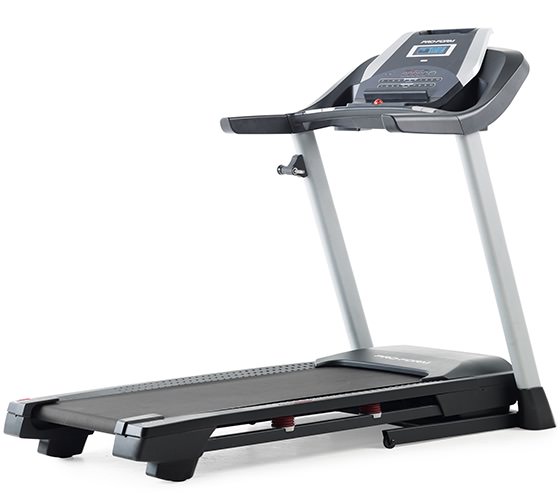
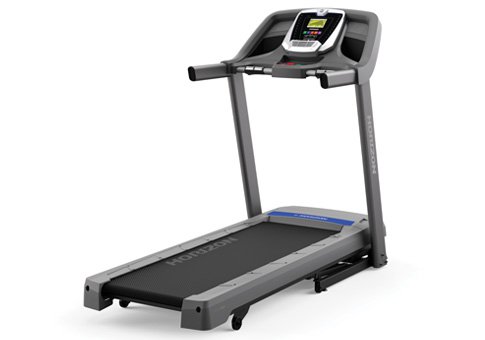
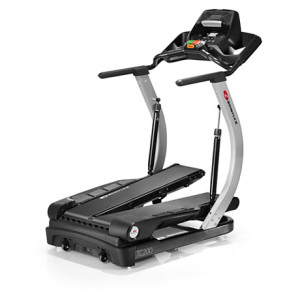
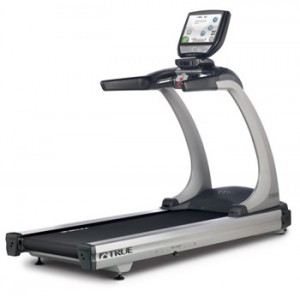
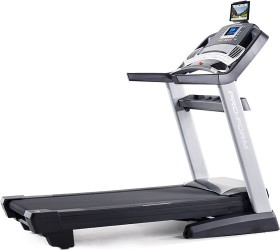
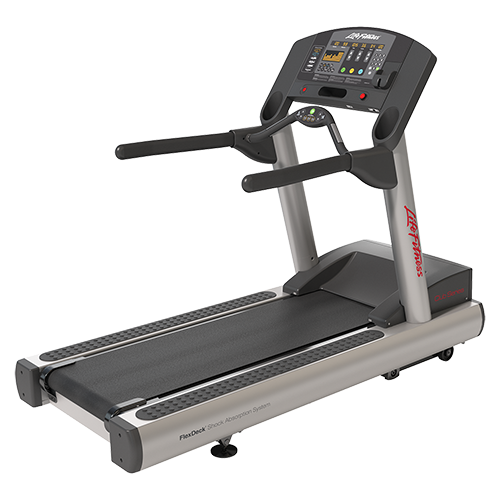
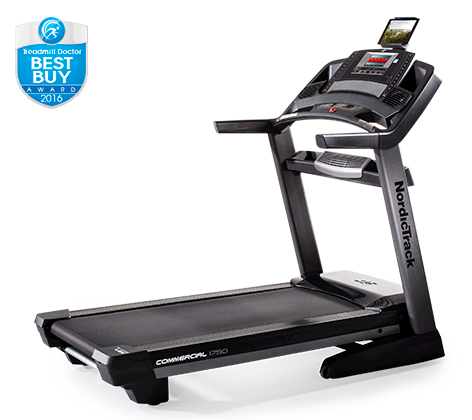
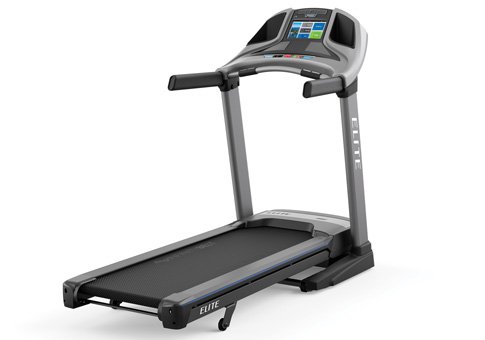
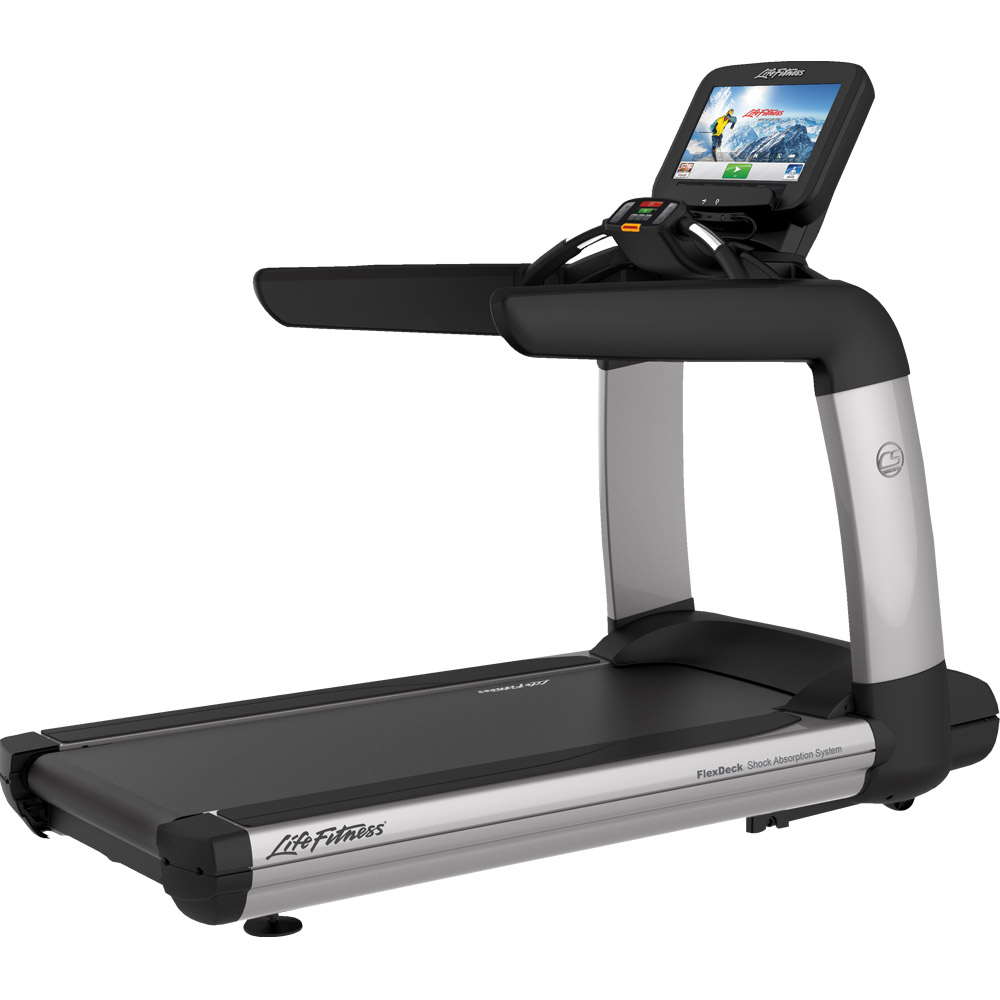
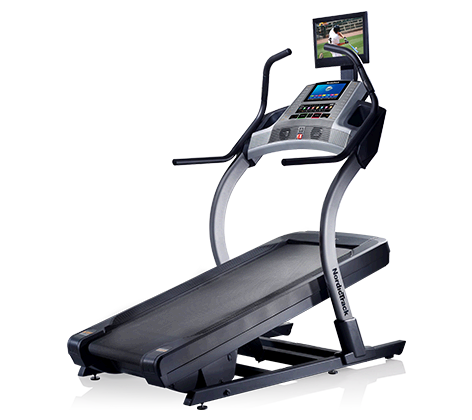
 Back to Top
Back to Top